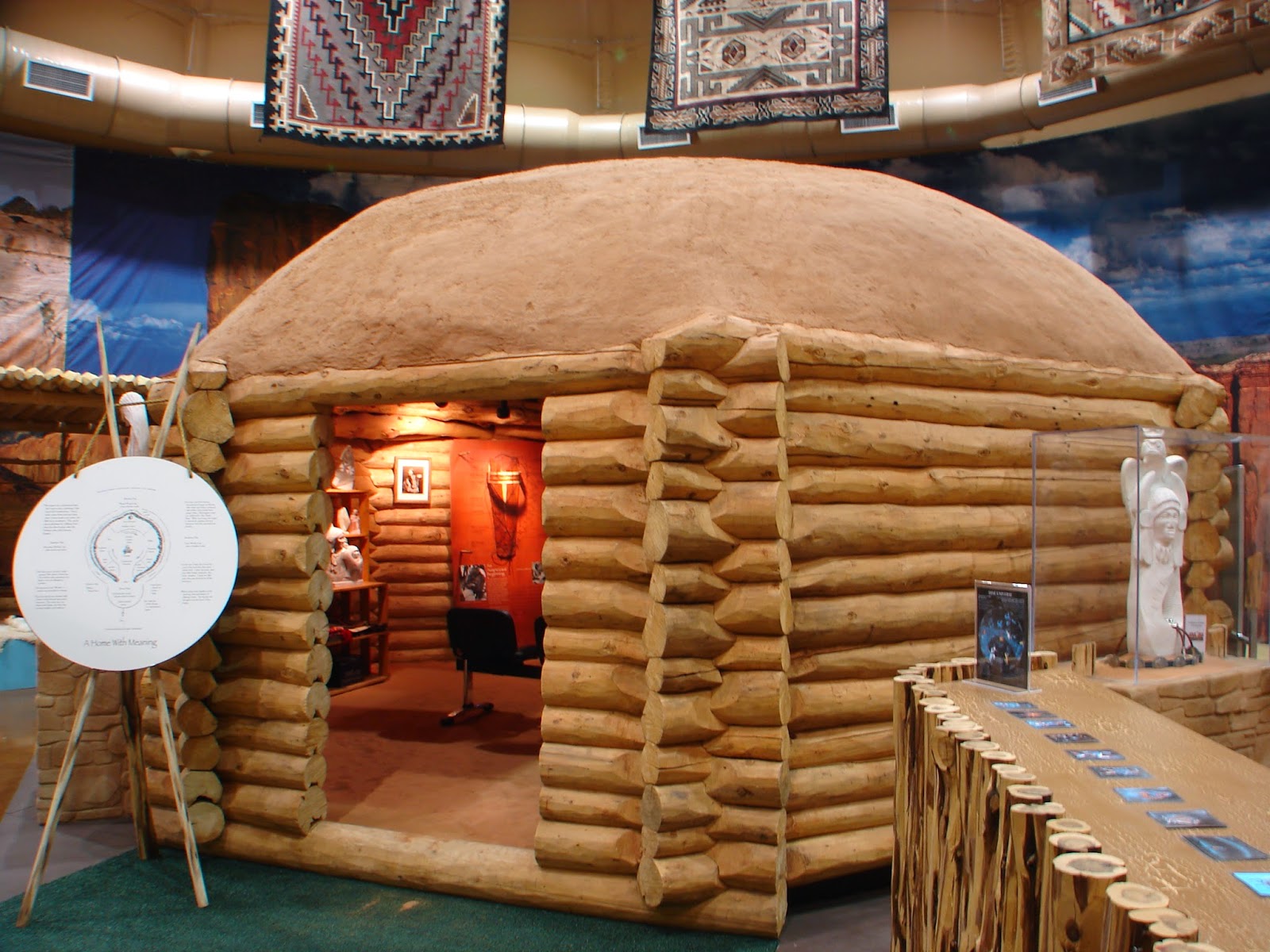Once on the islands across the Pacific Ocean telephone and radio signals from United States Marines cracked with such words as “BEH-NA-ALI-TSOSIE LO-TSO”, BESH-LO AND “DA-HE-TIH-HI”. These were the communications of the Navajo Code Talkers and they told U.S. Marine officers about Japanese battleships, submarines and fighter planes.
The Navajo Code Talkers came from the villages of the Navajo Reservation of Arizona and New Mexico. They were a part of every Pacific battle the U.S. Marines fought from 1942 – 1945. Navajo Code Talkers were members of all six Marine divisions, Marine Raider battalions and Marine parachute units. From those battle-torn Pacific Islands they sent messages by telephone and radio in their Navajo language—a code that the Japanese army was never able to break.
The idea to use the Navajo language as a military code came from Philip Johnston. Philip, the son of a missionary, grew up on the Navajo Reservation and spoke the Navajo language fluently. He was a World War I veteran and knew the importance of secure, military communications.
Marine Major Howard Connor declared after the Battle of Iwo Jima, “Were it not for the Navajos, the Marines would never have taken Iwo Jima.” Major Connor used six Navajo Code Talkers to send over 800 messages, without error, in the first two days of the battle.
The 7000 square foot Navajo Interactive Museum is a tribute to the Navajo people including the Navajo Code Talkers. It shares with visitors the journey that the Navajo take through life. Four is a sacred number to the native people and this number reappears through the tour of this interesting and new museum.
And toward the end of the museum tour, when passing into the special building that honors those United States Marine Navajo Code Talkers, pause and say a little pray for all United States soldiers, past and present, who served and continue to serve so that We The People, might live free.
For more information, visit http://www.explorenavajo.com/go2/home_page.cfm







This is amazing!!!!!!!!!!!!!!
ReplyDelete